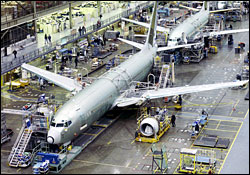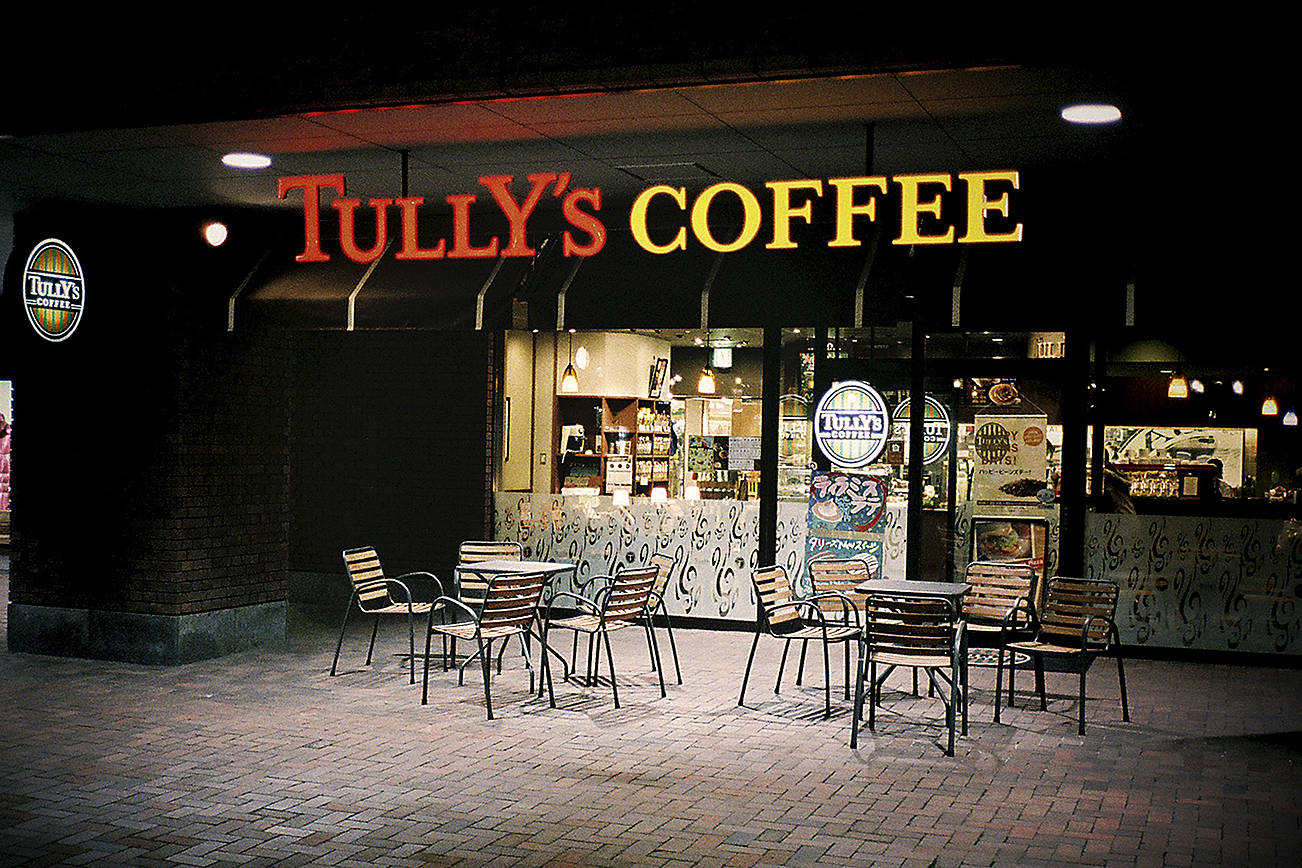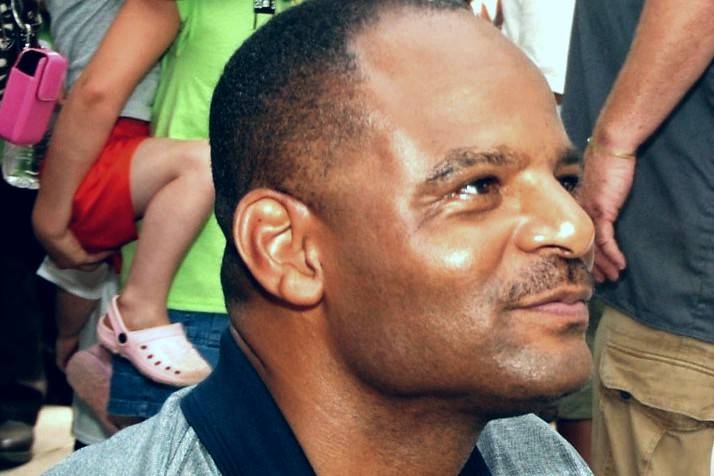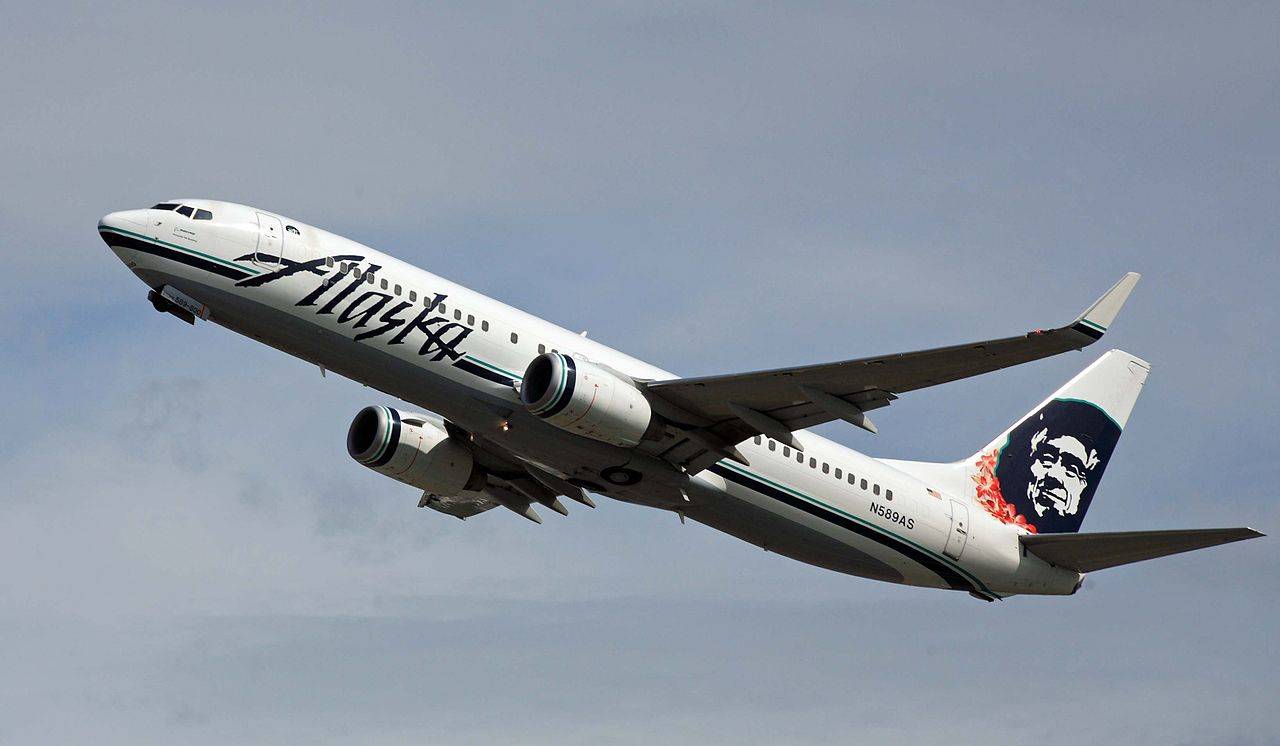The city of Renton is ready to say goodbye to Boeing. Are you? “That’s 300 feet of waterfront property,” says Alex Pietsch, Renton’s municipal director of economic development, referring to Boeing’s 737 and 757 assembly plant, which has dominated the city’s downtown neighborhood on Lake Washington for 60 years. “The plan we’ve mapped out would bring in 40,000 jobs,” tens of thousands more than Boeing supplies.
Pietsch and the rest of Renton’s civic leaders in no sense hope to rid themselves of the city’s biggest employer. But a long-rumored plan to move the Renton production line north to Everett seems inevitable, and Boeing already has applied for an environmental-impact study, which could lead to plant closure and redevelopment of its prime 280 acres.
“So sure,” says Pietsch, “we have to plan ahead for any eventuality.”
Stiffening its upper lip, Renton appears to be ahead of the pack in this new reality show, Life Without Boeing: Can We Survive? As scripted by the Lazy B, local and state taxpayers are being asked to strip down to their wallets and all paddle together to keep this $50 billion-a-year business afloat with “incentives.” The most recent example involved negotiating an embarrassing obstacle course of political pep rallies and late-night legislative love-ins. The goal was to see just how far we could stretch our dignity and state budget for a company ranked 42nd on the Fortune 500. It’s still unclear where the trail will lead. All we’re told is that, should we fail, Boeing, born here 87 years ago, could fly, fly away.
So the official line goes, anyway.
Gov. Gary Locke is among those telling it. Locke predicts an economic nuclear winter if Boeing fails to announce later this year that it will build the proposed new midsize economy jet, the 7E7, in Washington. No matter that production of other jet models will continue here for years. The governor and economic experts insist that without helping Boeing, we face job losses, darkened markets, population declines, and scorched-earth economic patterns. Politicos were almost desperate to join the Boeing chorus, donating their grave concerns and free hot air. How far they’d go was personified by an op-ed piece in the Seattle Post-Intelligencer last week. Written by County Executive Ron Sims and County Council member Larry Phillips, it was memorably headlined “Sewage Treatment Plant Brightens Our Chance to Land the 7E7.”
THE RELENTLESS, ONE-SIDED political and media barrage left some taxpayers rooting for downsizing. After all, couldn’t Locke’s dire predictions also be seen as the answer to those quality-of-life issues that drive us nutsunstoppable growth, soaring home prices, crowded schools, and impromptu parking lots laughingly called freeways? Couldn’t a thinning of our workforce, the leveling of our growth-addicted economy, and a general slowing of the regional pulse lower our blood pressures and assure a longer, mellower existence?
Is Boise all that bad?
Not that anyone supports throwing people out of work and forcing them to move so we can have our fishing hole back (although, if it works out that way . . . ). But was all that public groveling necessary for a corporation so often accused of corruption that it recently had to take out a newspaper ad in major papers like The New York Times to defend its “integrity”?
As Locke said in his letter to Boeing, “There are solid reasons why Microsoft, Amazon, Nordstrom, Starbucks, Washington Mutual, Costco, and others that are No. 1 in their industry are located here. Washington is a great state, and we’re making our business climate even better.”
He was effectively begging Boeing to stay. But he could just as well have said, “Hey, these other guys are doing OK. What’s your problem?” Locke might have brought up the fact that Washington’s tax system over the years was already structured around Boeing, that countless laws and regulatory practices have been changed on the company’s behalf, and that no one else has demanded more state corporate welfare than you big babies! Don’t take it out on our long-supportive communities and your loyal blue-collar workforce, he might have added. They weren’t the ones who handed the jetliner lead over to Airbus.
But Locke, quaking at the thought he’d be remembered as the Governor Who Lost Boeing, vowed to “do whatever it takes” to appease company execs. He issued fearful warnings of a new Boeing bust if Washington loses the 7E7 final-assembly plant. In particular, Locke claimed, using what eggheads call the job-multiplier effect, the new factory would create or preserve tens of thousands of regional jobs.
If the plant isn’t built, “we’re talking about a potential loss of 135,000 jobs,” he said last week. Locke’s Boeing domino theory assumes that, should the 7E7 go elsewhere, much of the rest of Boeing’s Puget Sound work would either follow or be phased out.
THE ASSEMBLY PLANT would obviously be a prized asset. The fuel-efficient 7E7 is seen as a transitional replacement for the midsized 757 and 767 passenger jets, neither of which is selling well. (No one has ordered a 757 since 2001, and the 767 fetched just eight orders in 2002 and none this year.) But an Everett-built, Wichita-modified 767 tanker line might well continue into the next decade and more, thanks to a porky leasing deal with the Air Force worth $16 billion to $100 billion. And the sales future of the 737 linewhether built in Renton or moved to Everettis at least 20 years, says Boeing, with the new-generation 737-900 stepping into the 757’s niche.
The fact of the relative stability of that work got run over by Locke’s bandwagon. Grinning like he’d just intentionally belly-landed an Airbus A380, Locke last week signed off on a $3.2 billion tax break for the world’s No. 1 aerospace company, contingent on an agreement to build the 7E7 plant here. As the governor bragged in a letter to Boeing, the package goes to “extraordinary measures” to reduce Boeing’s cost structure.
Indeed. Besides the tax break, Locke and his new Republican friends in the Legislature made extraordinary cuts to worker-compensation and unemployment benefits, saving Boeing millions in state insurance payments. There was also a transportation-improvement package that includes a 5-cent-a-gallon gas-tax hike. The state then wrapped it all up in a new $15 million shipping pier for Boeing’s Everett plant. This was a gift that, due to the state’s constitutional ban against giving money to private business, Locke had to, in his words, “work around.” After all, needy Boeing made only $2.3 billion in profit last year.
In D.C., meanwhile, the state’s congressional delegation worked to finalize the tanker-lease deal and drum up support for a costly new University of Washington research center to benefit Boeing. For the company, it was Christmas in June.
On Friday, June 20, in a fist-pumping, “We can do it!” rally at Boeing Field, Locke handed out the booty while dozens of other competing states and cities held their own events to ante up bids for the new factory, offering cash, loans, tax breaks, free property, new highways, and other trappings of political briberynone, though, matching Washington’s $3 billion kickback.
IT WAS THE CULMINATION of a months-long competition of ring-kissing ordained by Boeing. The company commanded any interested government entity to explain, in 25 gifts or less, why the company should deign to build its new plant in their part of the woods. From Left Coast to Right, the promises of taxpayer funds rolled in, all based on a request for proposals that Boeing demanded be kept secret. (Boeing 7E7 Senior Vice President Mike Bair explained this was done “out of respect for the process.”)
The company also insisted that bidders meet certain threshold criteria to compete. Among the standards: that local workers come from “quality schools” and there be good flying weather thereabouts. They also asked that the chosen community support Boeing, and that governments become their partner in business.
We can argue about schools and weather. But Washington clearly met those last two qualifications. Locke and other politicos were so gung ho about nabbing the new plant that they dragged out a 33-year-old symbol of failure, warning that we might once again see billboards asking, “Will the last person leaving Seattle turn out the lights.”
Some of us remember the 1970s wellno crowds, no traffic, rock-bottom real estate.
Yes, quite bad. It was the last time we could afford to buy a house.
It was also a time that could teach us about surviving the loss of Boeing. We already have.
In 1968, Boeing employed 142,000 workers. By 1971, after the bottom dropped out of the economy, employment was 62,000. That’s a loss of 80,000 workers in three years. Or about 20,000 more than the company employs now.
In other words, we lost the equivalent of today’s Boeing.
For that matter, Boeing’s Washington employment had zoomed back up to 127,000 in 1998, and has now dropped again to the neighborhood of 62,000. That’s a loss of 65,000 workers. The loss of another Boeing.
BUT WE’RE STILL HERE, bouncing along not too badly. Fortunately, the economy, unlike in those olden days, no longer is so dramatically affected by Boeing, which has laid off 33,000 more workers in the past two years. In contrast, the 800 or so workers who would be employed at the supposed new 7E7 plant seem slim pickin’s. Locke crowed about how the $3 billion would create or save those jobs and more. But while he was thumping the tub last Friday, he went instantly 800 jobs into the hole. Boeing laid off 800 workers that very daymore than 600 around Puget Sound (affecting, presumably, thousands of those spin-off jobs). There were no tax breaks to save them. For that matter, aerospace workers, unlike aerospace execs, can expect less help from the state. The package Locke handed over to Boeing cuts worker unemployment benefits $30 a week starting Jan. 1.
What, then, does the state get for its money? And would it have been better off investing in a couple of new Wal-Marts?
Should the planets align for Washington, the jet would not be built herejust assembled, in Everett or Moses Lake. Unlike Boeing jets of yore, the 7E7 will overwhelmingly be manufactured elsewhere, including overseas, its complex components imported. Assembly could take just three days, compared to up to seven times that for jetliners today. Theoretically, Boeing would have to sell up to 100 copies to keep its workforce at full time for a year.
So far, the airlinesthose still in business after 9/11are just browsing. Some are only one more SARS outbreak from bankruptcy. Boeing hints it will make a 7E7 decision by late this year, perhaps picking finalists and coming back for more taxpayer goodies. But even this week, according to The Seattle Times, the company said it was weighing other options, including an economy 747 that would be cheaper and faster to build.
Despite the state’s investment, the 7E7 is just another concept, aptly named the Dreamliner. Boeing Commercial Airplanes President Alan Mulally is fired up at the prospect, but he has to prove the plane’s economics to the board of directors and convince them it is viable on balance with the planes of Boeing’s creative challenger, Airbus. The board then must assure itself that airlines, investors, and the public will ride along.
Boeing is hardly reluctant to leave new jets parked on the drawing board, even when well into development. It most recently scrapped the high-speed Sonic Cruiser, despite the buzz that it was destined for production. The 7E7 seems a plane of destiny, but there are always blueprints vying for life at Boeing. A leaner, meaner corporation has learned not to overindulge, or suffer the heartbreak of another supersonic transport.
Coming up with the right new model is more critical than ever to feeding Boeing’s ravenous and greatly diversified corporate appetite. To sustain its business, Boeing needs $1 billion worth of work every week to keep going, according to The Washington Post. As the current 7E7 campaign illustrates, the company is going to be asking for more U.S. taxpayer incentives while sending more work to cheaper foreign labor markets.
Whether or not the 7E7 gets assembled in Everett is now up to Chicago, today’s headquarters of Bill Boeing’s little plane business. Bill Boeing once threatened to moveto Californiaif local politicians didn’t build a new airport. It is today known as Boeing Field, where Locke was making the latest payoff last week. At the time, most Boeing execs were off noodling in Paris, at the annual air show, sampling the wine and getting beat up by Airbus.
THAT PROMPTS US to ask Renton’s economic developer, Pietsch, a dumb question. What if Boeing left and Airbus landed on their lakeshore? That aerospace consortium relies on government largesse, too. But it’s European government largesse, which it could use to reinvent the 7.7 million square feet of factory space and the adjoining Renton Airport. And just this week The Wall Street Journal reported that Airbus would like to build planes in the U.S. so it can sell to the Pentagon.
Pietsch laughs. “Well,” he says, “the property belongs to Boeing, and they’d have to decide whom they’ll sell or lease to.” He doesn’t think Airbus would be the most likely customer.
OK. City officials have their post-Boeing plan rolling down the runway, anyway. A 17.5-acre mixed-use project, Southport, is already under development by Wright, Runstad & Co., next to the Boeing plant. It will include offices, residential buildings, and a luxury hotel. The city considers the project a microcosmic example of how the Boeing site could be redeveloped.
“Replacing all those lost aerospace jobs would be a great hurdle for us,” Pietsch says. “But with thoughtful planning and a concerted effort, we can create a whole new economic engine.” No doubt about it, he says. There’s life after Boeing.








